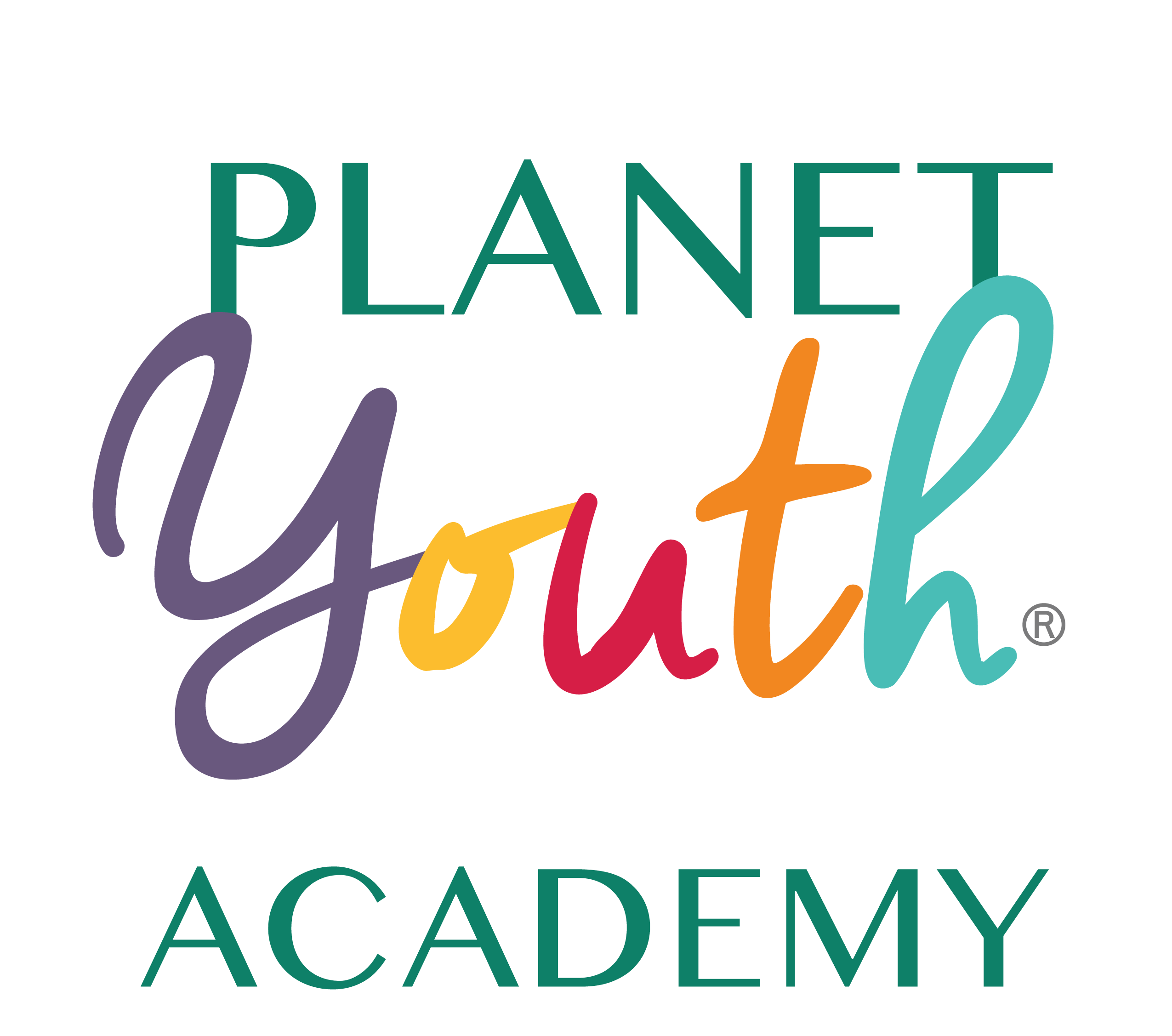The Planet Youth Practice Toolbox:
Examples from Communities
Learn about the Icelandic
Prevention Day
The initiative’s influence has now reached Guanajuato, Mexico, where it is celebrated on December 1st, marking the first international partner to adopt Prevention Day and highlighting its expanding impact in promoting healthier futures for youth.
Outside-hours
This initiative has proven successful in Iceland and can be easily adapted by other communities, offering an effective approach to creating safer environments for youth.
"Is your father your dealer?" (Campaign run by the Institution of Public Health, 2006). A reminder that selling alcohol to adolescents under 20 years of age is breaking the law.
Successful Media Prevention & Campaigns
The Role of NGOs in Prevention
The contributions of non-governmental organizations (NGOs) in Iceland’s prevention work are invaluable. Over the past 20 years, these organizations have addressed a variety of topics, all working toward a common goal of enhancing community well-being and reducing risks associated with substance abuse.
While the specific associations may vary in different countries, the impact of NGOs remains significant. In Iceland, these non-profit organizations receive crucial financial support from various sources, including national authorities, municipalities, and dedicated funds. Their ongoing efforts continue to play a pivotal role in promoting effective prevention strategies and fostering healthier communities.
Partner Examples in the Community
